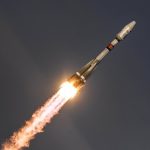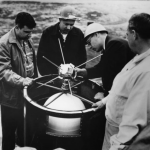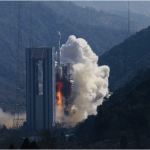June 6, 2018
ION’s Joint Navigation Conference (JNC) 2018 early bird registration deadline is Friday, June 15. The JNC, sponsored by the Military Division of the Institute of Navigation, will be held July 9-11, 2018 (FOUO U.S. ONLY) at the Hyatt Regency, Long Beach in Long Beach, California; and the U.S. ONLY CLASSIFIED sessions will be held July 12, 2018 at The Aerospace Corporation.
Book your hotel room by Friday, June 15 to take advantage of discounted conference hotel room rates – Plus, save an additional $200 on your conference registration when staying in the conference hotel. To claim this discount you will be asked to enter your reservation confirmation number from the Hyatt Regency Long Beach at the start of the registration process. This discount will not be applied retroactively, so be sure to book your hotel room first and enter the confirmation number when you register.
PLEASE NOTE: Attendance Restricted
Conference attendance for both FOUO U.S. ONLY (July 9-11) and U.S. ONLY CLASSIFIED (July 12) sessions will be screened by the Joint Navigation Warfare Center and will be restricted to U.S. ONLY. Admission to the classified session will be limited to the capacity of the room and will be allocated on a first-come, first-served basis, to those who submitted visit requests in advance. Attendees requiring onsite security validation will be processed on a space-available basis. You are encouraged to submit your visit request early.
To check out the JNC program and for additional registration information, click below:
By Inside GNSS














